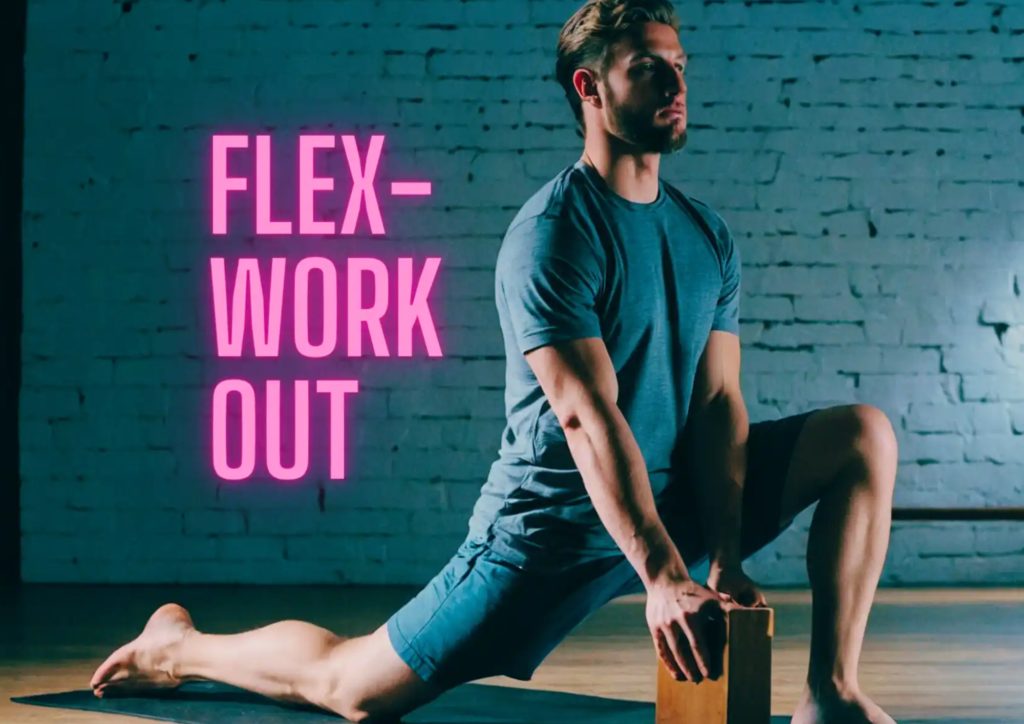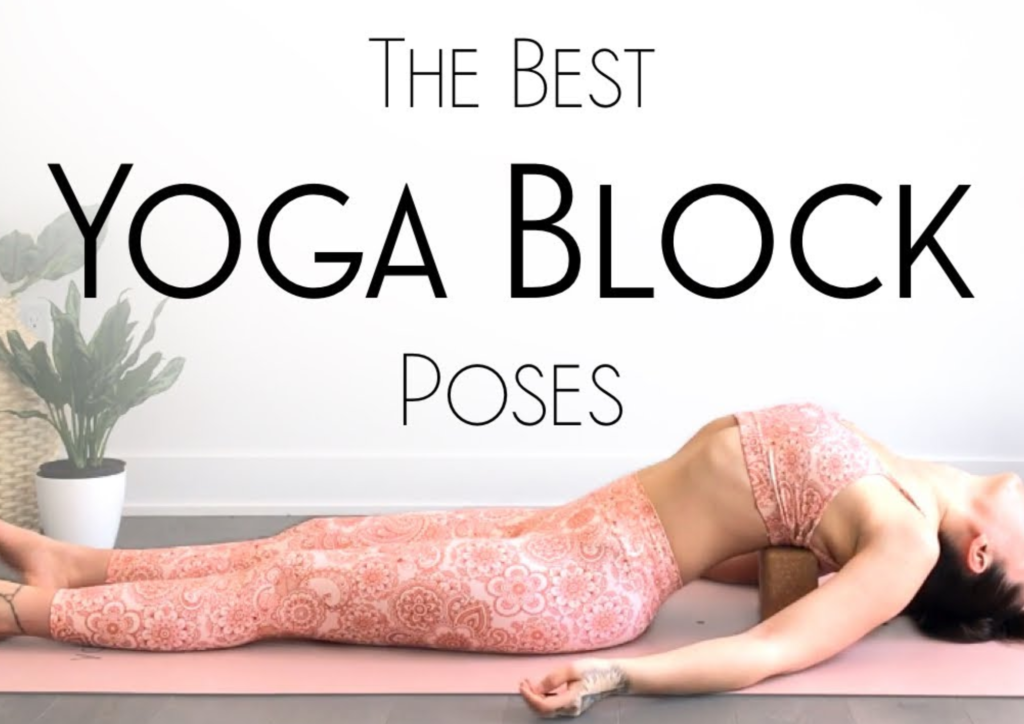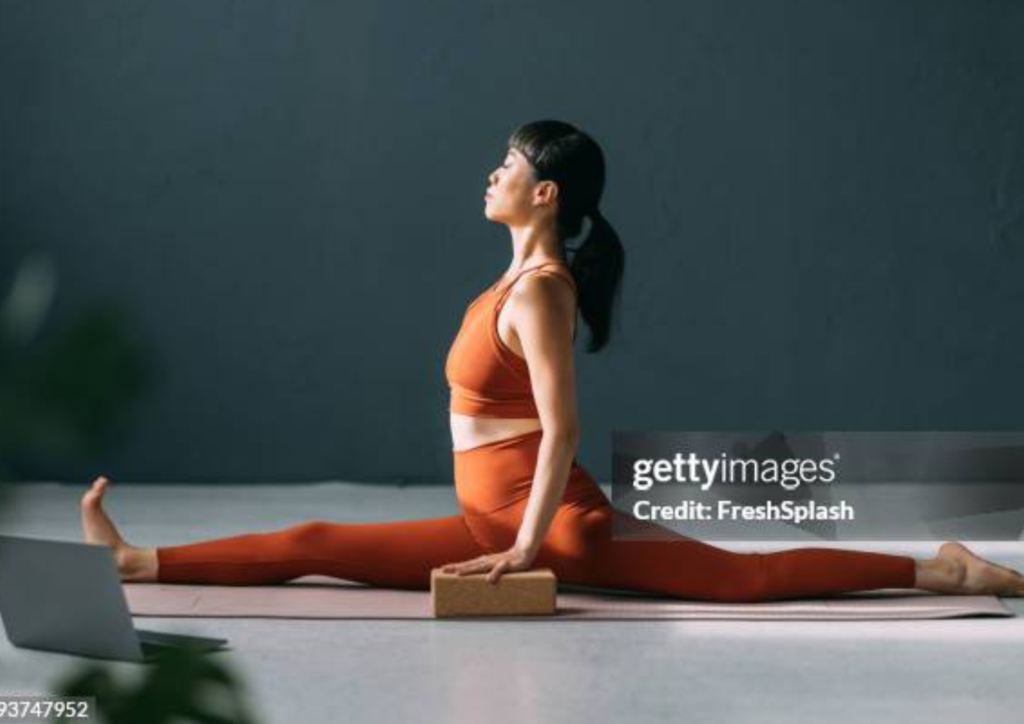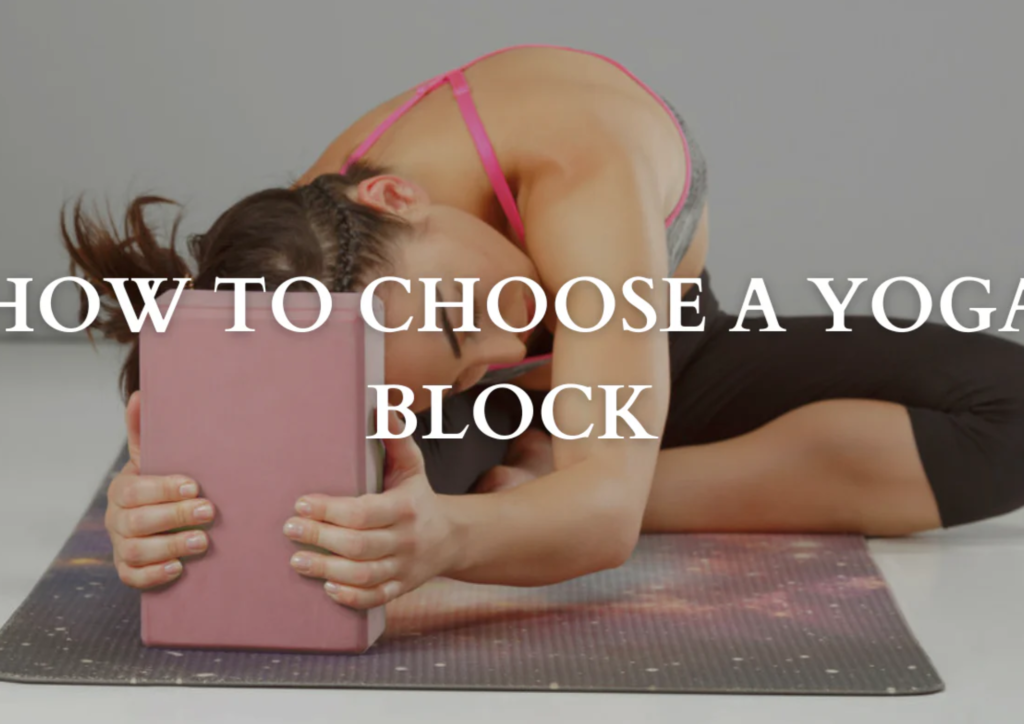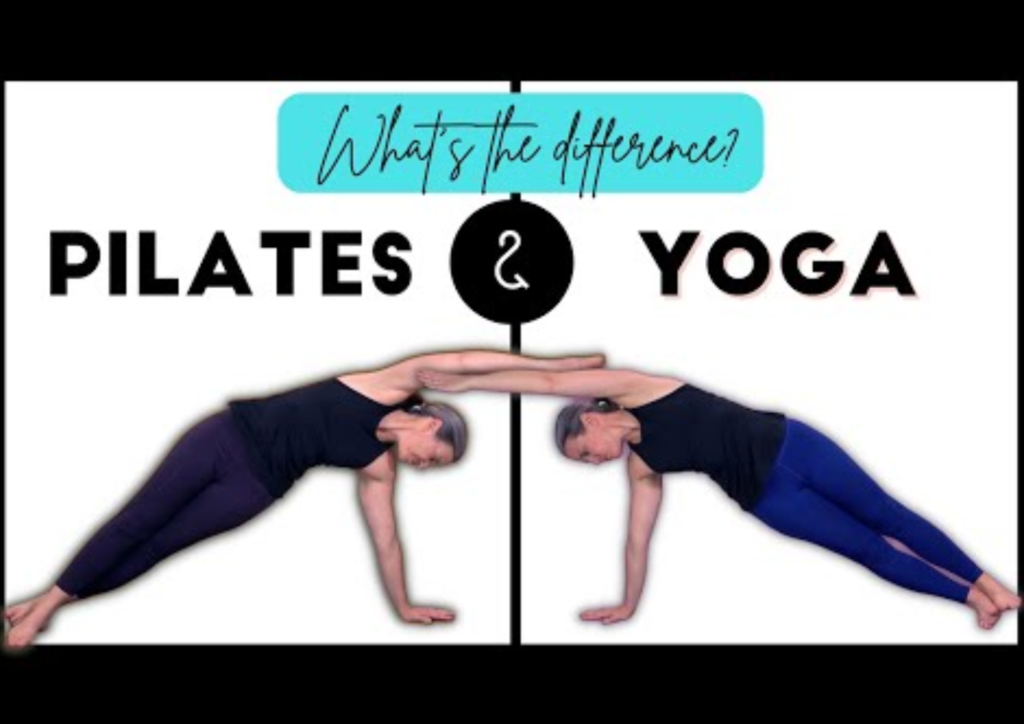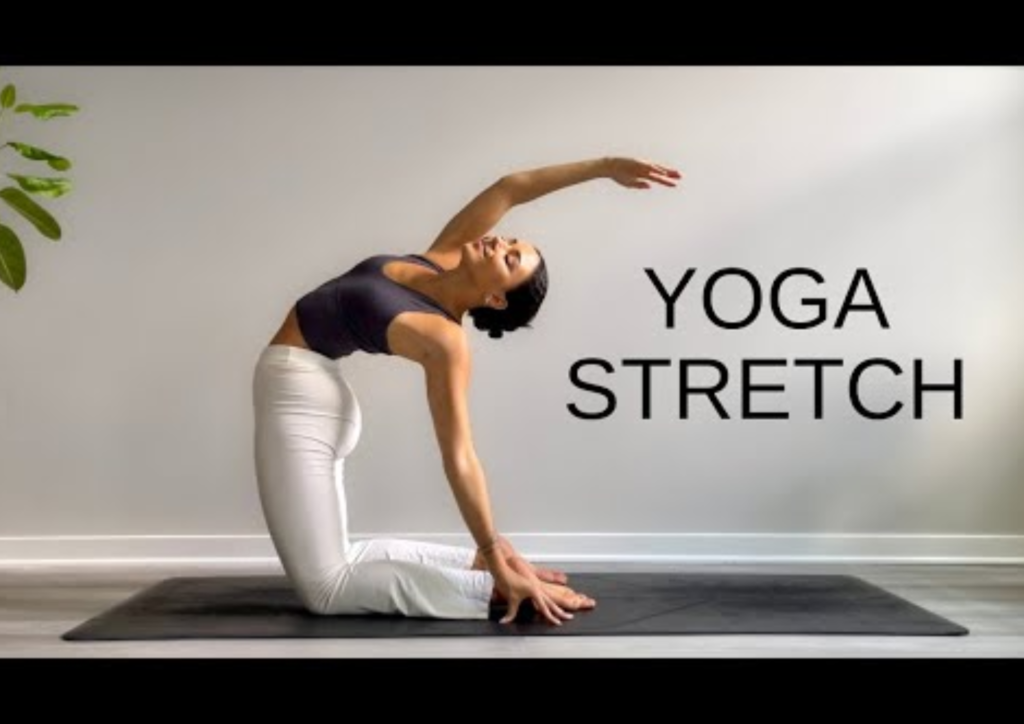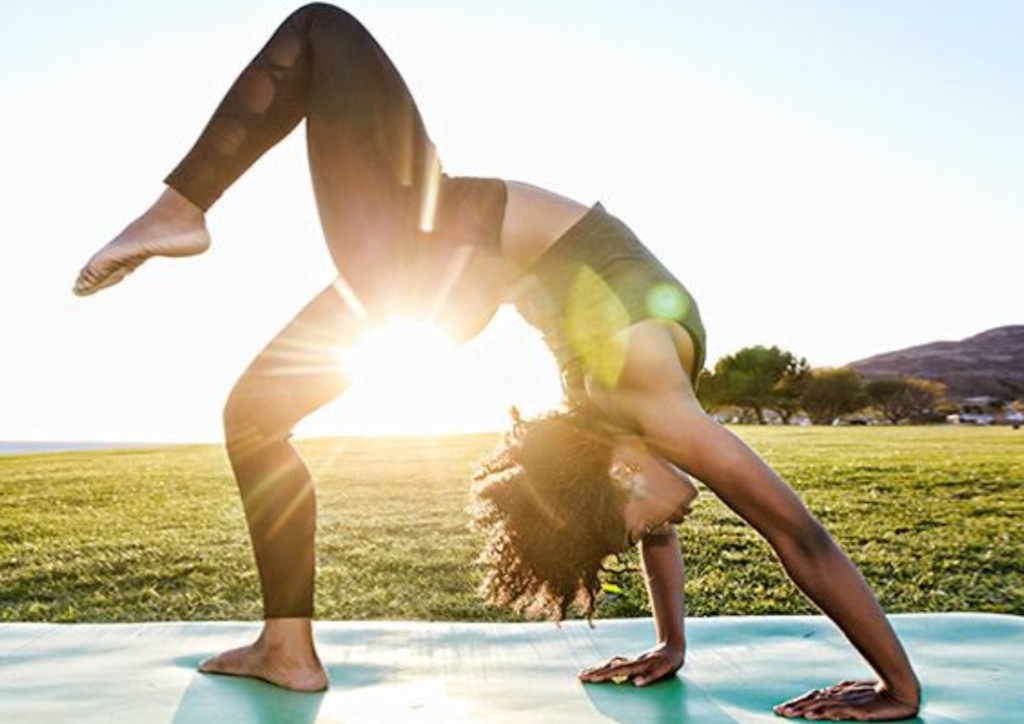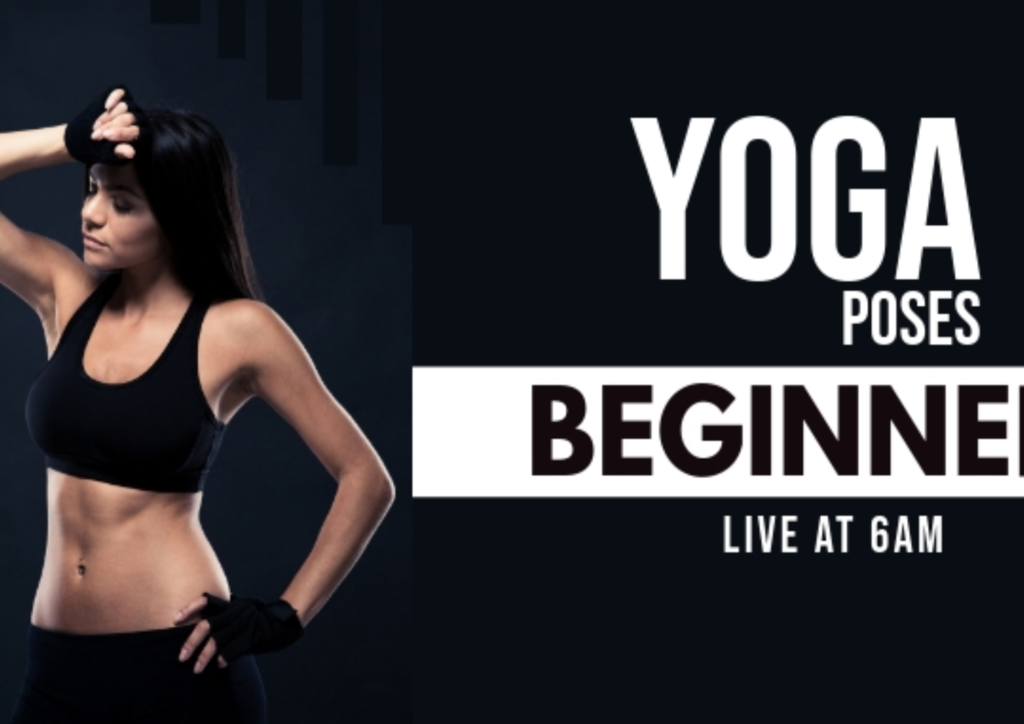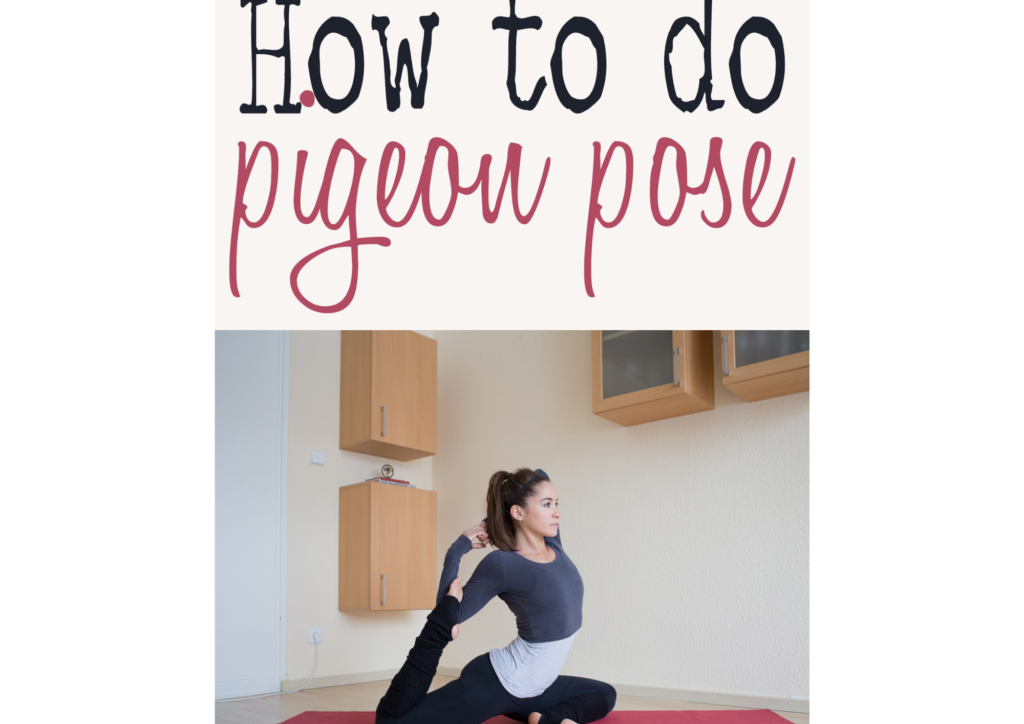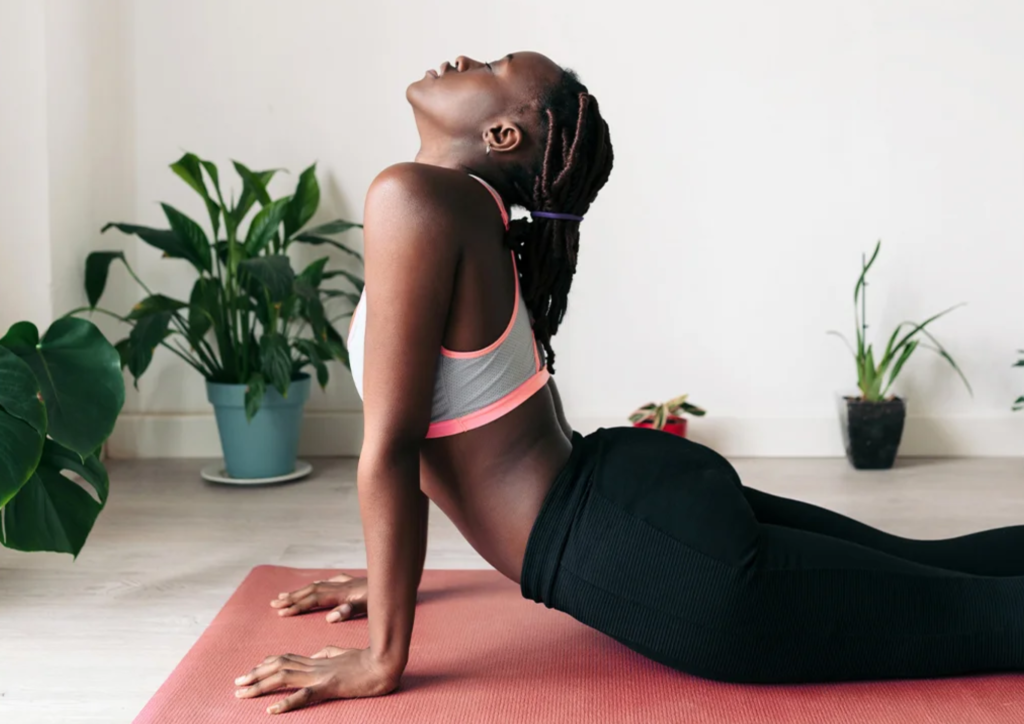“5 Ways to Use a Fitness Tool Like Yoga Blocks”
“Discover five creative ways to use yoga blocks as a fitness tool! Perfect for stretching, strength training, balance improvement, and more—enhance your workouts today.” Yoga blocks are more than just props for enhancing your yoga poses. They can be a versatile fitness tool to elevate your exercise routine, improve flexibility, and strengthen muscles. Whether you’re a beginner or a seasoned athlete, here are five creative ways to incorporate yoga blocks into your fitness regimen. visit Are you looking to fire up your core muscles? Yoga blocks are excellent for enhancing traditional core exercises. Transitioning between these exercises with a yoga block can boost your endurance and overall strength. If flexibility is your goal, yoga blocks can assist in reaching deeper stretches. This fitness tool is perfect for enhancing your range of motion safely and effectively. Balance is a key fitness component; yoga blocks can make it fun and challenging. With regular practice, this fitness tool can improve coordination and core stability. Yoga blocks aren’t just for yoga—they’re great for strength training too. Using a fitness tool in these exercises ensures controlled movements while building strength. End your workout with a calming cool-down using yoga blocks. This creative use of yoga blocks helps your body unwind while aiding recovery. Why This Fitness Tool is a Must-Have Yoga blocks are lightweight, affordable, and suitable for all fitness levels. Incorporating them into your routine can elevate your workouts by improving flexibility, strength, and balance. visit Final Thoughts A yoga block is more than just a yoga prop—it’s a powerful and versatile fitness tool with endless possibilities. A yoga block can elevate your workouts in ways you never imagined, from enhancing your core strength to improving flexibility and balance. Whether you’re a beginner exploring fitness tools or an experienced enthusiast looking for variety, yoga blocks offer practical, creative solutions to target different muscle groups effectively. Try these five innovative ways to use yoga blocks, and you’ll unlock new dimensions in your fitness journey, adding fun, challenge, and results to your routine. Start exploring today, and let this simple tool transform your workouts!
“5 Ways to Use a Fitness Tool Like Yoga Blocks” Read More »

